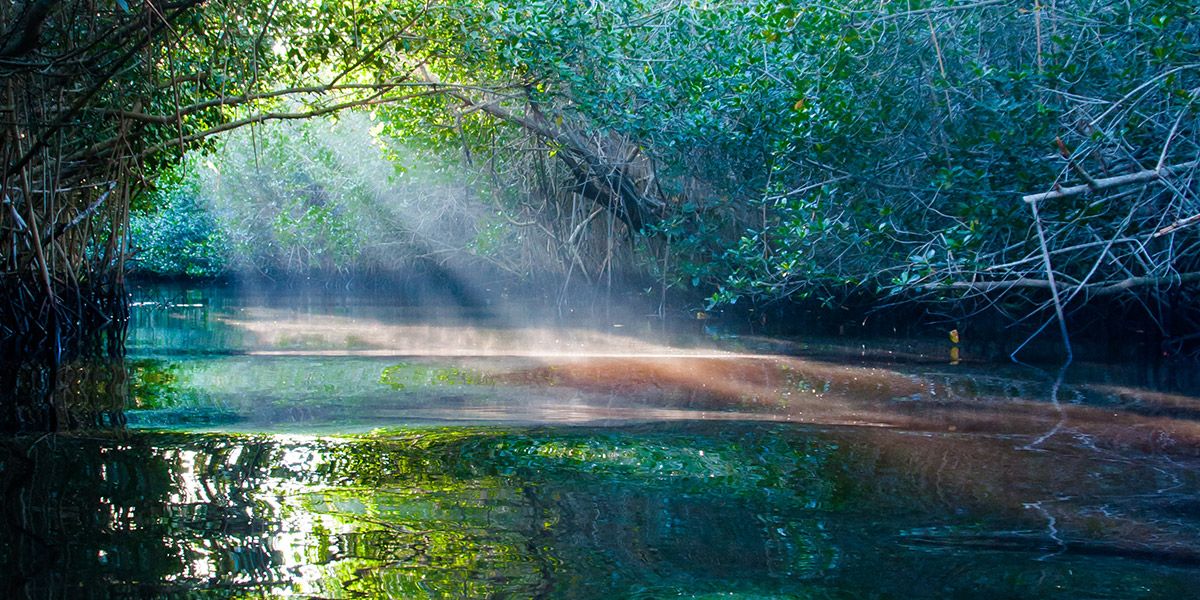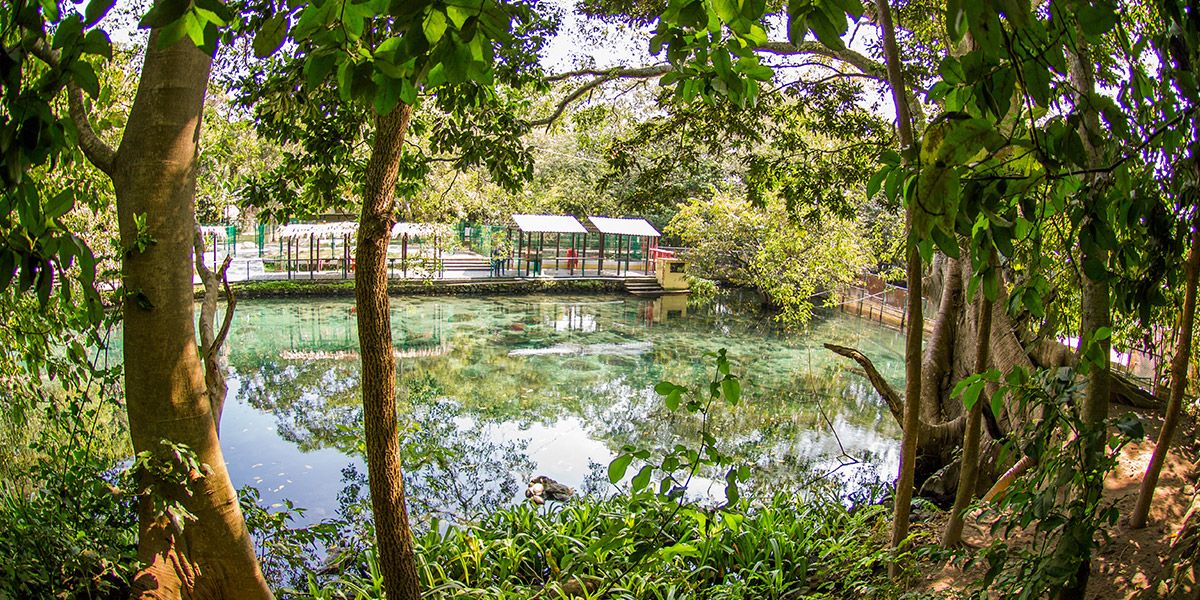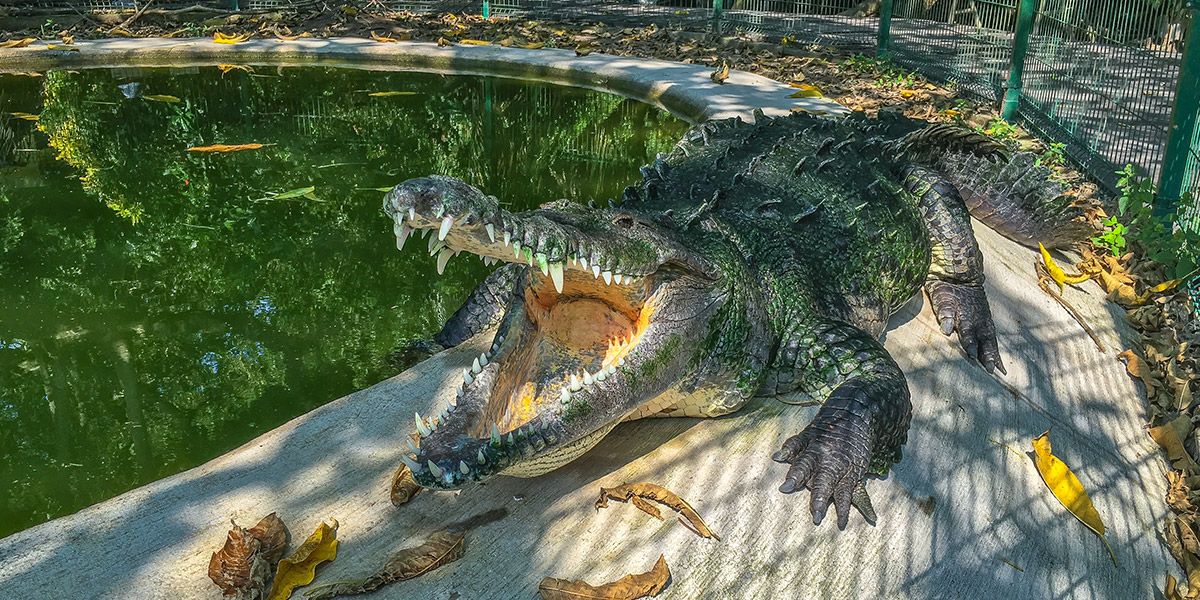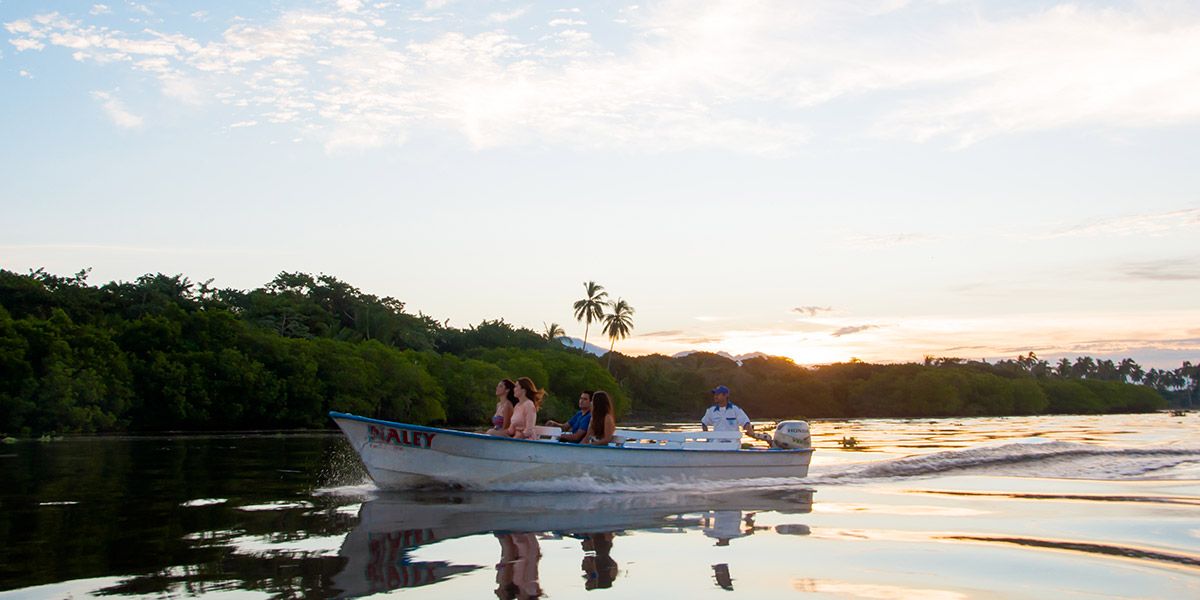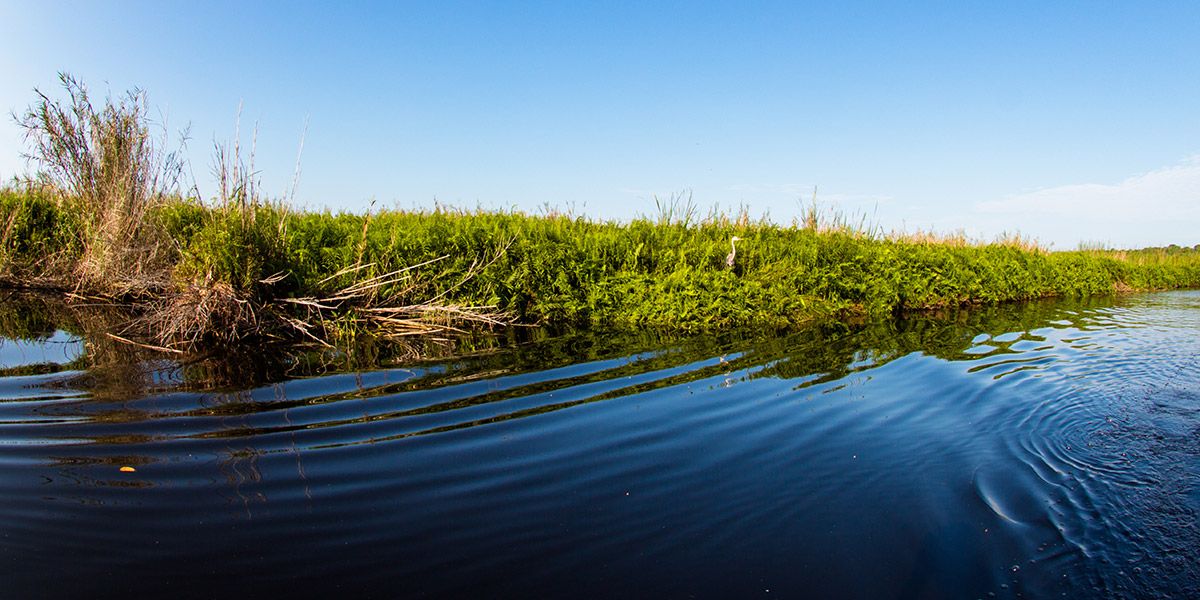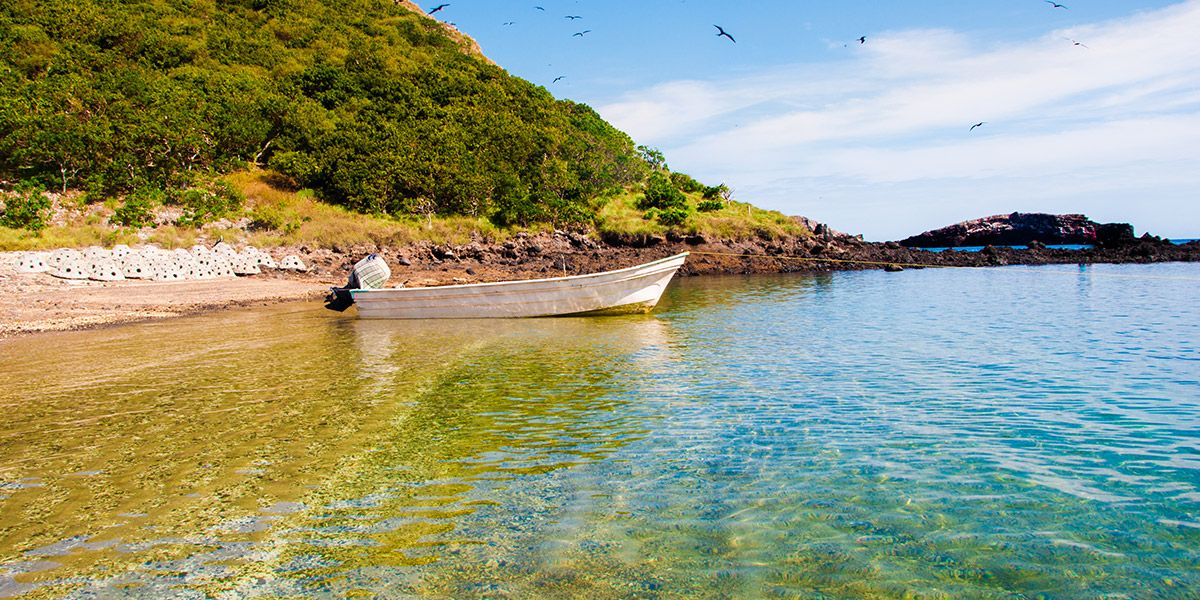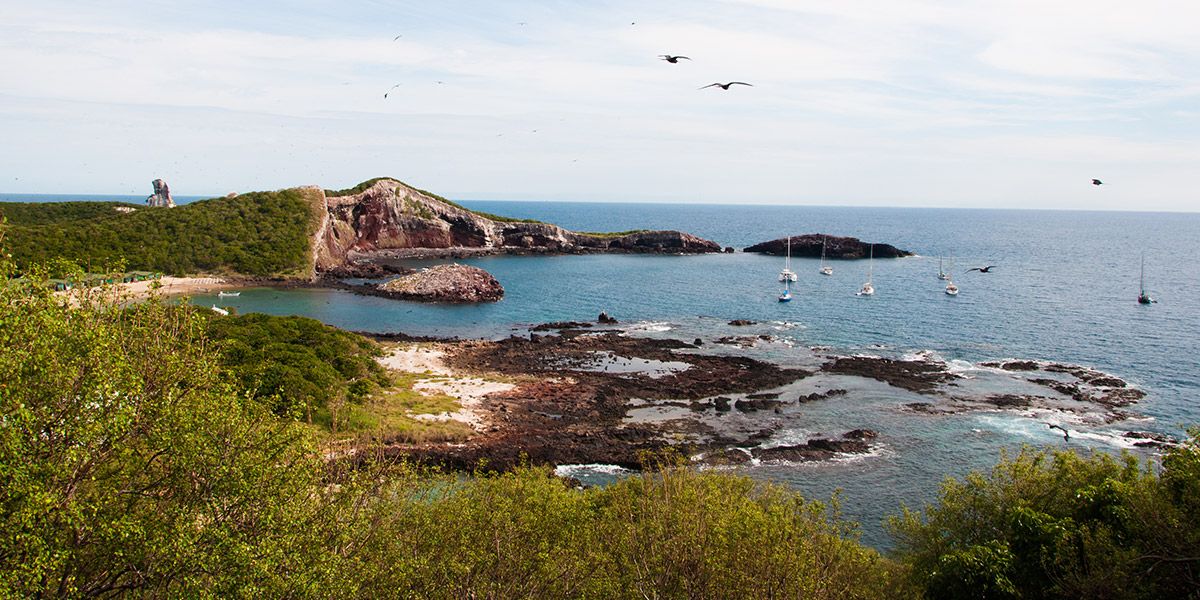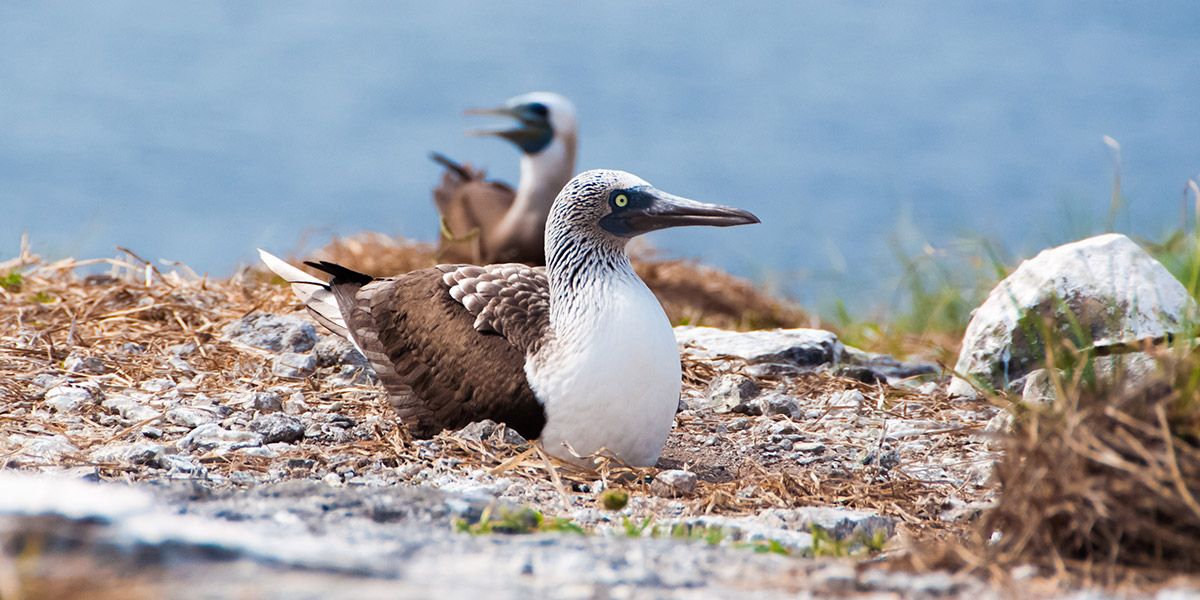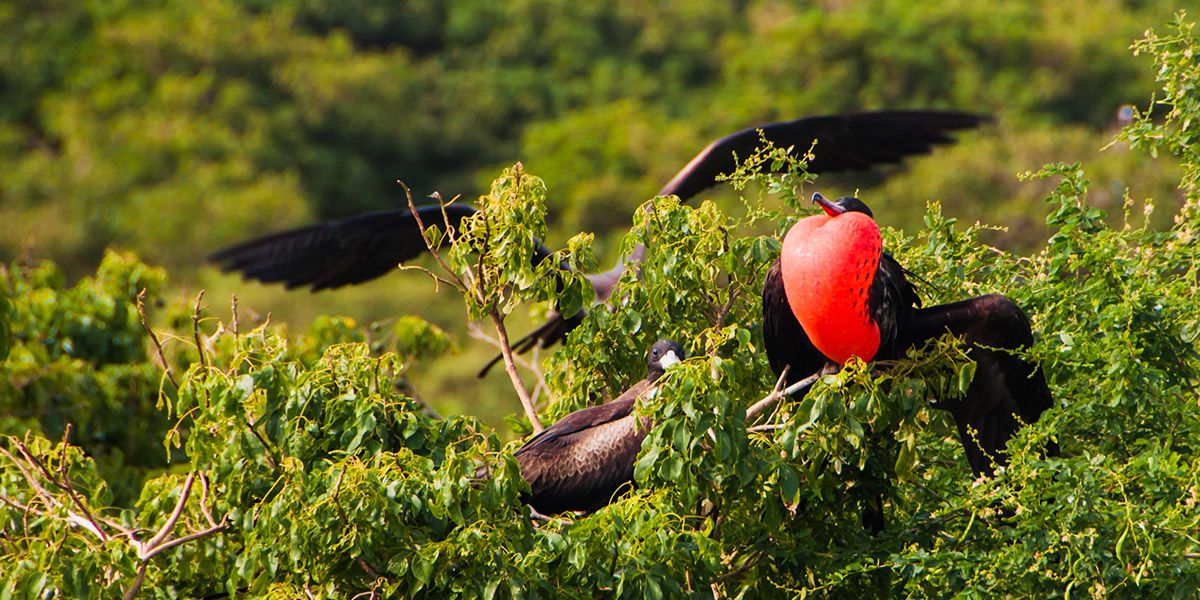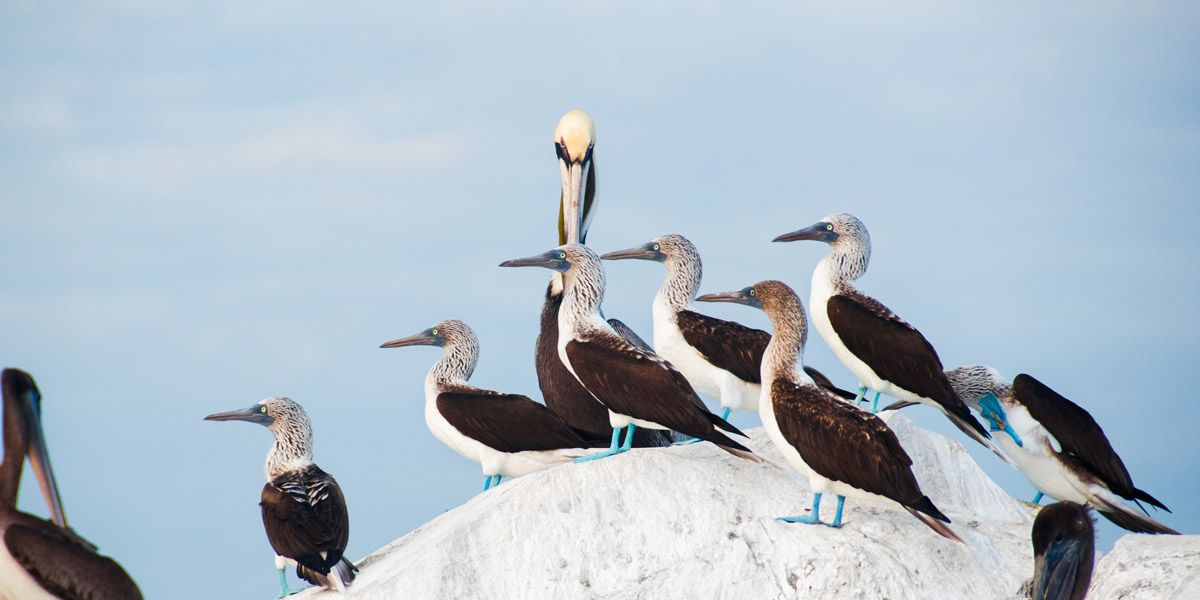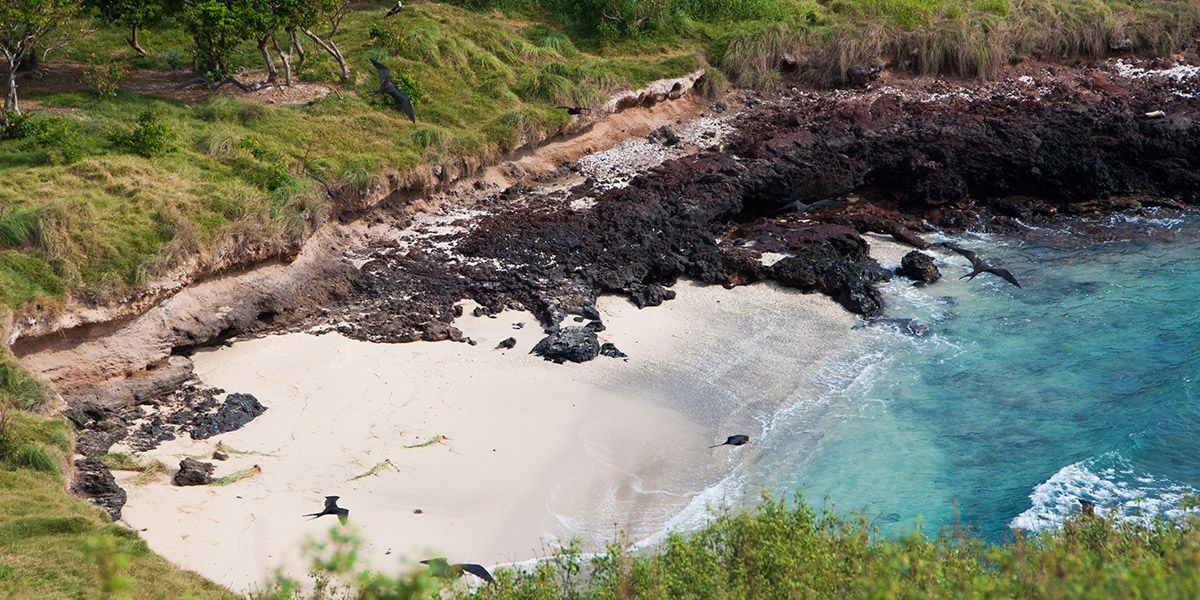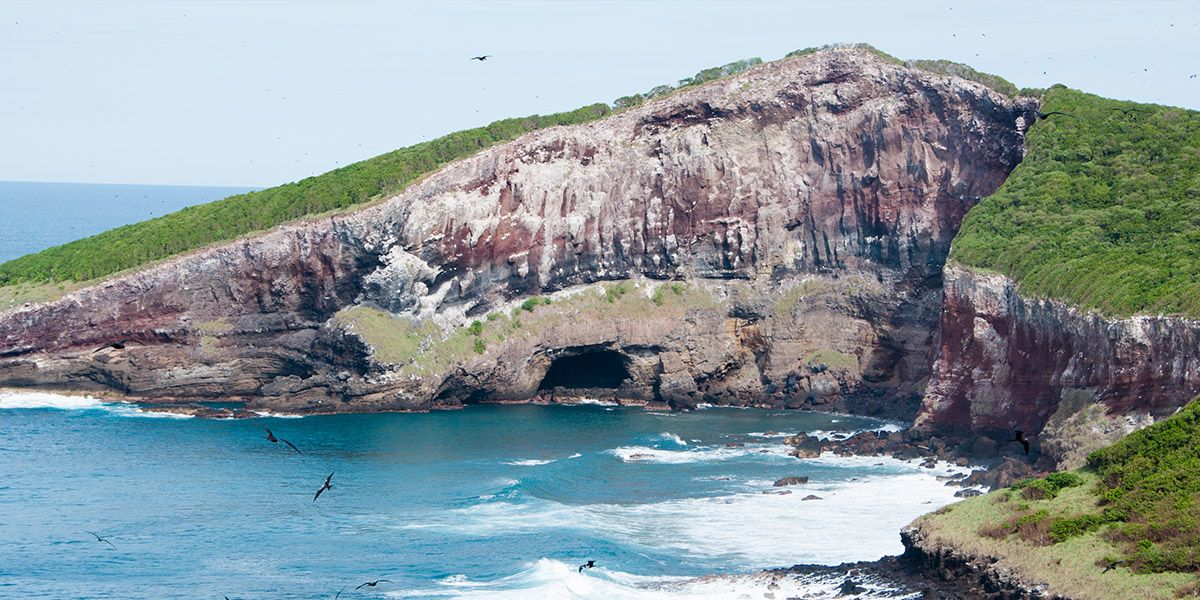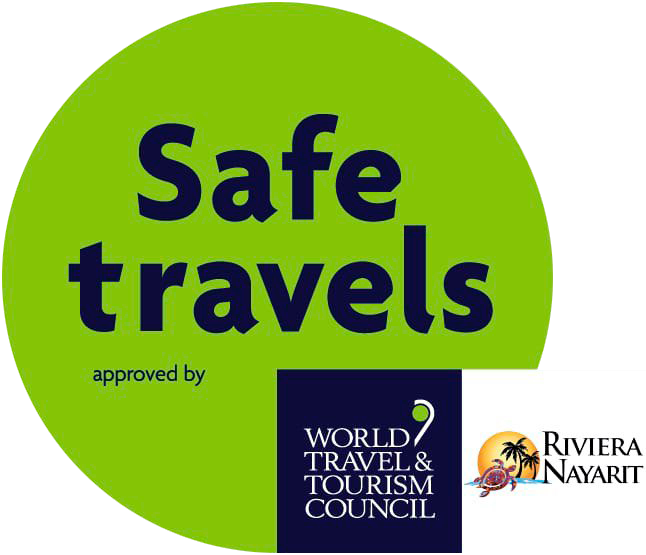CAMALOTA LAGOON (KIEKARI CROCODILE PRESERVE)
Both are located in the area of canals and marshes of San Blas. These beautiful places originate in fresh water springs, which when mixed with salt water form a navigable river with lagoons and estuaries, combined with mangroves and jungle.
There are two jetties to visit: El Conchal which is located at the entrance of the port of San Blas, and La Aguada located towards Matanchen Bay. The route is approximately 6 kilometers along a network of canals, surrounded by lush vegetation that often form tunnels, with plenty of wild flora and fauna such as orchids, bromeliads, turtles and crocodiles adorning the landscape.
At the end of both routes you can enjoy a cool dip in the natural springs of crystal clear water and in Camalota Lagoon you can also visit the Kiekari Crocodile Preserve operated by the ejido of La Palma in the municipality of San Blas, where these reptiles are managed and bred for their conservation, plus many other animals that have been rescued in the area.
Located on the Pacific Ocean platform, 70 kilometers northwest of San Blas, it is an island of volcanic origin with an area of 194 hectares. The island ecosystem can be considered a natural laboratory and important refuge for seabirds. The diversity of species present on Isabel Island and its important ecological role led it to be decreed as a protected natural area in 1980.
A total of 92 species of birds have been recorded on Isabel Island, with nine resident seabirds that nest on the island standing out: the blue-footed booby, the red-footed booby, the brown booby, the brown pelican, the frigatebird, the pericota, the brown swallow, the rabijunco and the brown seagull, the latter two as threatened species.
Besides birds, the island is inhabited by six species of reptiles: the striped lizard, the spiny lizard, the glass snake, the green iguana (subject to special protection), the brown iguana and the false coral snake.
At least 79 species of invertebrates and 79 reef fish have been identified on a stretch of 300 meters around the island. Among the larger species, you can see the California sea lion and sea turtles known as ridley, hawksbill and brown, plus orca whale and whale shark. Humpback whales can be observed from November to March.
The great diversity of birds and wildlife offers a unique spectacle for nature lovers, photographers, and divers, along with majestic starry nights to delight astronomers.
The park can be visited from San Blas by hiring a park-authorized boat.

